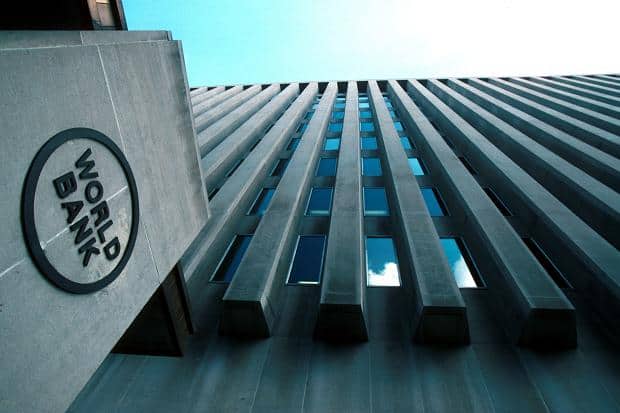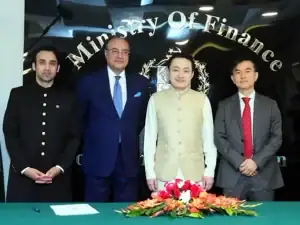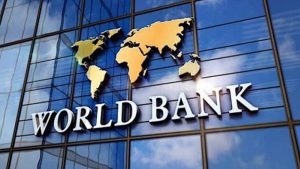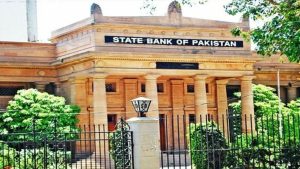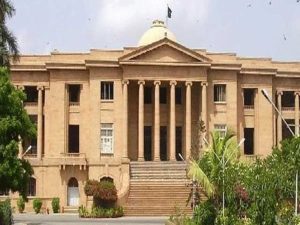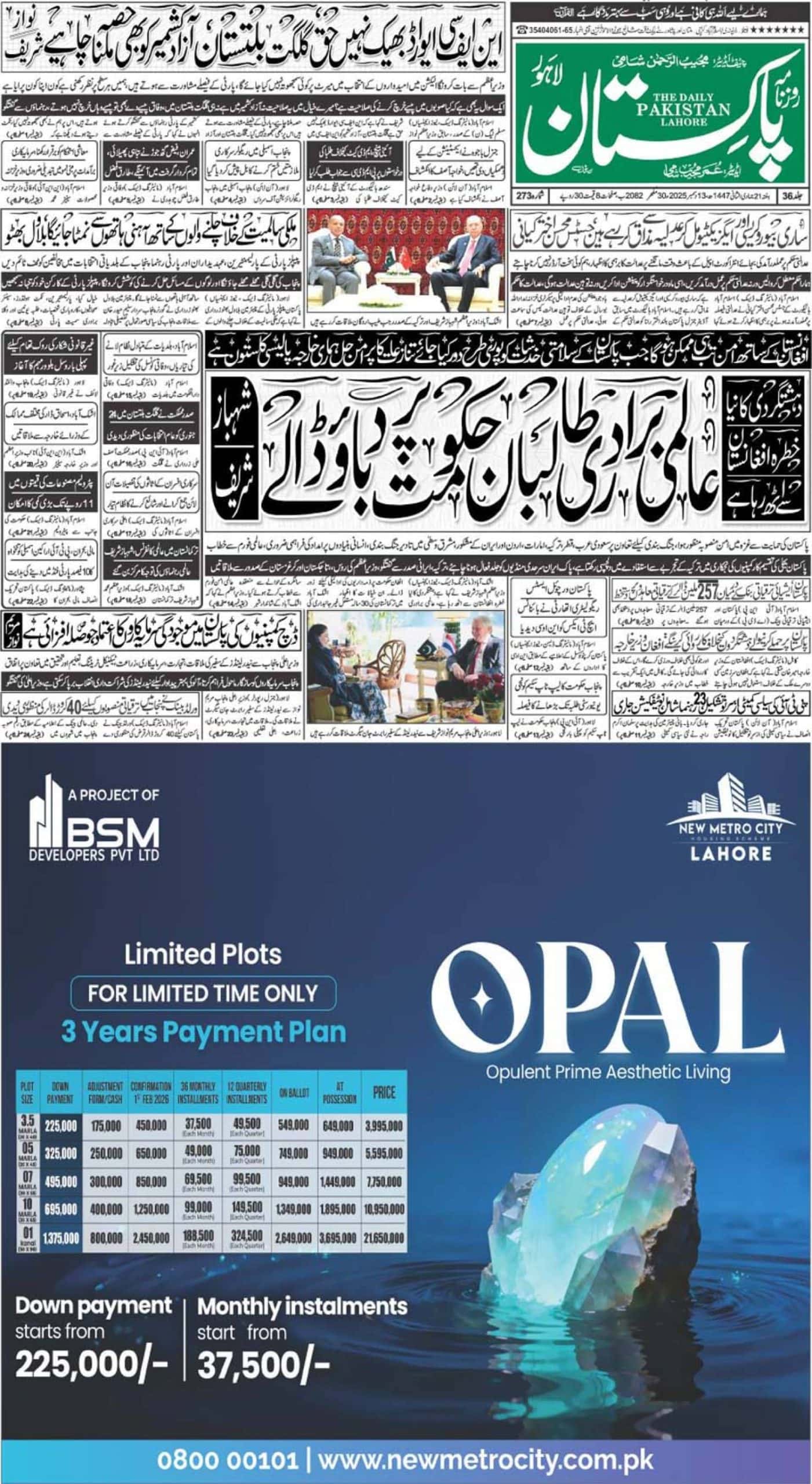ISLAMABAD – Headcount poverty in Pakistan fell 35 percentage points between 2001-02 and 2013-14, from 64.3 percent to 29.5 percent, said a World Bank report on “the state of water supply, sanitation, and poverty in Pakistan and its impact on child stunting”.
According to the report, Khyber Pakhtunkhwa which started out as the poorest of Pakistan’s four provinces in 2001/02, ended the period as its second richest province, closing almost all of its 13 percentage point gap with Punjab, the richest province in the country.
The provincial headcount rates in 2013-14 were 34.2 percent for Sindh, 27 percent for Khyber Pakhtunkhwa (KP), and 25 percent for Punjab.
Balochistan remained the poorest province in Pakistan, with a headcount rate of 56.8 percent. The decline in poverty in Balochistan was smaller (less than 15 percentage points), and also more volatile, possibly because of the multiple challenges of remoteness, low connectivity, a semi-nomadic population, and conflict that it faces.
In line with the decline in poverty, a number of other indicators of well-being also improved. In all quintiles, the share of the household budget allocated to nonfood items rose, food consumption patterns shifted toward a more diverse and expensive diet, and asset ownership grew.
The share of nonfood expenditure for the bottom quintile grew to 46 percent by 2014. The consumption of nutrient-rich foods like meat, fish, eggs, dairy, fruits, and vegetables increased, while the share of cereals, which provide the cheapest calories, but are low in nutrition, declined from 33 percent to 29 percent, the report added.
Even the poorest households increased their ownership of more expensive assets, such as motorcycles, refrigerators, televisions, and washing machines, and reduced their ownership of relatively inexpensive assets, such as bicycles and radios.
The decline in poverty has not reduced the urban-rural gap by much. Rural areas in Pakistan remain much poorer than urban areas and are far more disadvantaged in all aspects of service delivery.
The poverty headcount rate in rural Pakistan is twice that in urban areas (36 percent versus 18 percent), and the gap has remained virtually unchanged since 2001-02.
Combined with the slow pace of urbanization (only about 35 percent of Pakistan’s population lived in urban areas in 2014), this gap means that 80 percent of Pakistan’s poor continue to live in rural areas.
Across provinces, Balochistan has by far the highest rural poverty rate, with more than
62 percent of its rural population living below the poverty line. However, the gap between rural
and urban poverty is by far the widest in Sindh at almost 30 percentage points.
In contrast, the urban-rural gap in Punjab and KP was 13 and 15 percentage points, respectively.
Rural households also face a substantial disadvantage in virtually all aspects of service delivery.
Nationally, the rural net enrollment rate is 13 percentage points lower for primary school and 11 percentage points lower for middle school than in urban areas.
For girls, these gaps stand at 17 and 14 percentage points, respectively. The rural female literacy rate, at 28 percent, is also less than half that of urban areas.
Rural children are 8.5 percentage points less likely than urban children to have adequate immunization by age three, and rural women are 10 percentage points less likely to receive prenatal care, 28 percentage points less likely to give birth in a facility or hospital, and 12 percentage points less likely to receive postnatal care.
Districts wise poverty data shows that districts vary widely in poverty, with the richest district (Abbottabad, KP) at a headcount rate of 5.8 percent and the poorest district (Washuk, Balochistan) at 72.5 percent.
Much of this variation reflects differences in poverty across provinces. The vast majority of the 40 poorest districts are in Balochistan, followed by Sindh.
Only three districts each in Punjab and KP fall in this set, and they are not among the poorest in the group. Not a single district in Balochistan is among the richest 40, and only Karachi and Hyderabad in Sindh fall in this set.
The divide between KP and Punjab (in the north) and Sindh and Balochistan (in the south) is apparent and quite stark.

